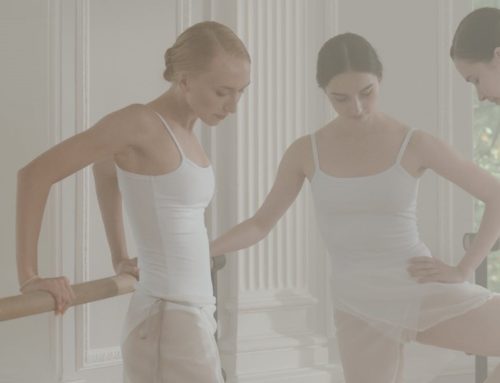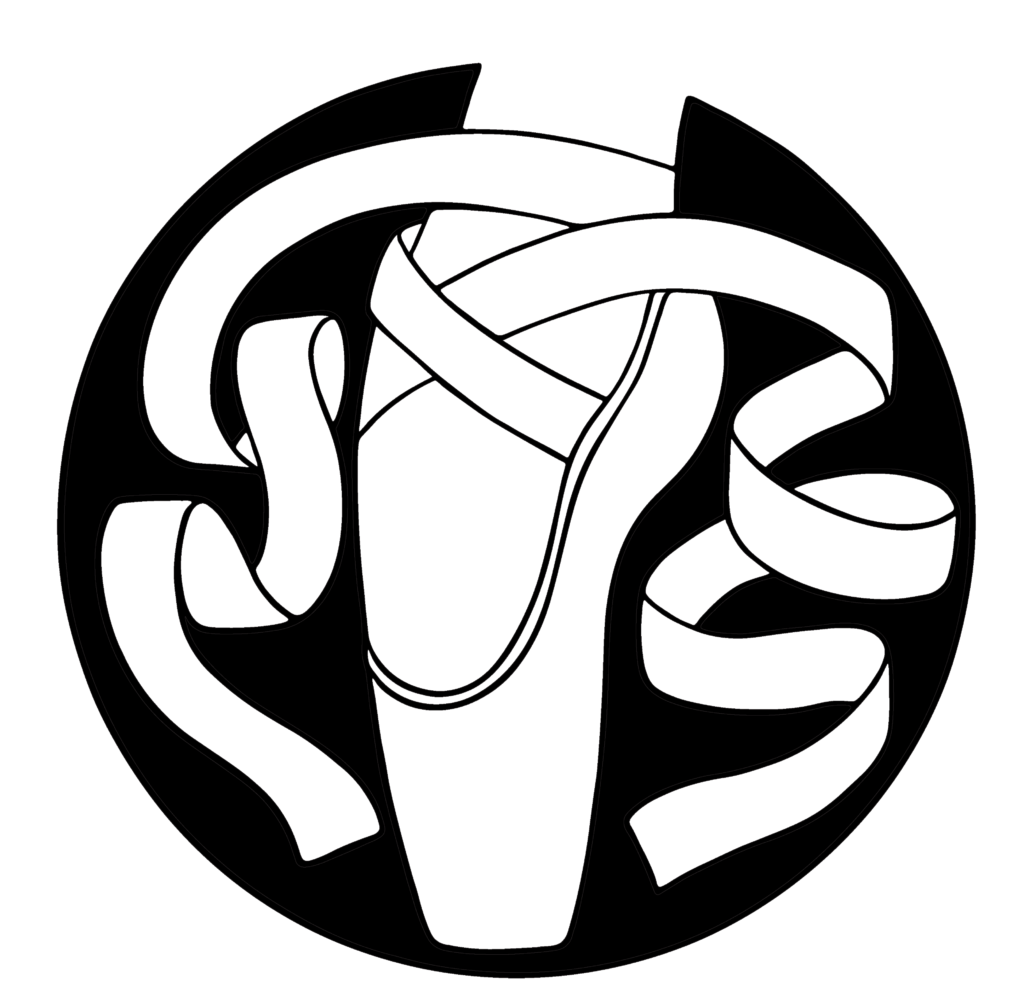Some people are surprised by the fact that you need to book an appointment for pointe shoes, they assume they can simply come in an ask for a size 5 as with any other shoe. However, there are close to 400 size 5 variations so it takes time to find the right one (roughly an hour to be safe) and we need to make sure we have a trained fitter on hand who can dedicate all their attention to you for the full time. Even with your normal ballet shoes, you probably had them fitted because you know that if they’re too tight your toes scrunch but if they’re too big you slide around in them and end up gripping. And getting the right fit with pointe shoes is even more important because the risks of them not fitting properly are higher. This is because the action of supporting your body weight through your toes and ankles is a lot more advanced and expects a lot more work from the shoes and your feet.
We are very proud of our fitting method and are one of the few places worldwide to have such an extensive process. We care about finding the best pair because it can really affect a dancers enjoyment of pointe as well as their safety. Here in South Africa we don’t have the luxury of traveling into London or NY to get a custom pair made of your favourite brand. Instead we have 6 different brands available and have developed a method to determine (with the dancers help) which works best.
(Just a side note – we don’t have an agenda when we’re fitting to sell or push a certain brand – we don’t get commission so it makes no difference to us which shoe you get, we just want you to get the best shoe for you.)
When you come in we look at your feet bare without toecaps – this isn’t to judge your pedicure but to start building a picture of what you need from your shoe. We look at the length and shape of your toes and metatarsals to determine the ideal box shape and vamp. The width, shape and profile of your whole foot to determine the shape that would work best and then at your range of movement in your metatarsals, arch and ankle. This is to determine the ideal shank as well as which areas of the foot need the most support or the most flexibility. Here we also take note of the strength of the foot and leg; is there articulation through the toes, are they lengthened or crunching; are the calves engaged and knees lengthened?
to start building a picture of what you need from your shoe. We look at the length and shape of your toes and metatarsals to determine the ideal box shape and vamp. The width, shape and profile of your whole foot to determine the shape that would work best and then at your range of movement in your metatarsals, arch and ankle. This is to determine the ideal shank as well as which areas of the foot need the most support or the most flexibility. Here we also take note of the strength of the foot and leg; is there articulation through the toes, are they lengthened or crunching; are the calves engaged and knees lengthened?
Once we’ve determined all these things we start fitting! Be warned, fittings take time and we ask a lot of questions! When standing flat in the shoes, we want to make sure the toes are lengthened even in a pliè. We want the toes touching the platform (front of the shoe) without bending, this is to make sure the length is correct and that the shape of the shoe is allowing the toes to have full access to the box. We then re-check the length en pointe one at a time as well as check how the shank of the shoe lines up with the arch of the foot before going en pointe.
When en pointe, we as fitters are looking at the alignment of the ankles, the stability of the ankles, if the box is supporting the toes or if there is any obvious sinking. We also look at whether or not the shoes are allowing the dancer to access their full range of movement. From the dancer we then need to know if there is contact with the ground (a good thing, because hovering means there is little or no control over the base of the box and platform), whether the toes are still lengthened and if the dancer feels they can articulate and pull up. Then, depending on the answers, we adjust and try again until we find the shoes that tick all the boxes – or at-least most of the boxes!
This can obviously be a tricky process because there are many things we are trying to balance – finding a shoe that is comfortable standing flat when the foot is expanded as well as en pointe when the foot compresses. A shoe that is tight enough to provide support without restricting movement. Just remember, comfort en pointe is a relative thing – there are toe caps and plasters and all sorts of things now to make pointes shoes more comfortable, but you are still standing on your toes-its never going to be comfortable, we’re just looking at finding the least uncomfortable!
Sometimes this requires compromise, if its a case of the shoes being a bit tight when flat but having lengthen pulled up toes en pointe or being comfortable flat but having toe pressure en pointe from sinking, we’d rather go with them being tight when flat because they will most likely stretch and it less dangerous than bruised toe nails and blisters from the shoes being too big. Or if the shoes feel like there is too much room at the heel en pointe but all the toes are flat when flat or having the heel feel perfect en point but the toes are slightly pushing when flat, we’d rather go with the bigger shoe because the extra heel space is mostly aesthetic and we are more concerned with finding a anatomically correct fitting.
Obviously we aim to get an anatomically correct shoe that is also aesthetically pleasing ( dance is an aesthetic art after all) but sometime we can’t have everything! At the end of the day you are the one with your feet in the shoes so you need to make the final choice, we just try and find you the best options to choose from. So the more you know about what you should be feeling and the clearer you can be about what you need from the shoe or what you do and don’t like about the shoe, the better we’ll be able to help you.
Once you’ve chosen your shoes, the next step is sewing your ribbons and elastics on correctly to ensure the shoe has the best chance of staying on and performing optimally for as long as possible. Read our Sewing blog to find out more about the best way to sew your shoes.






